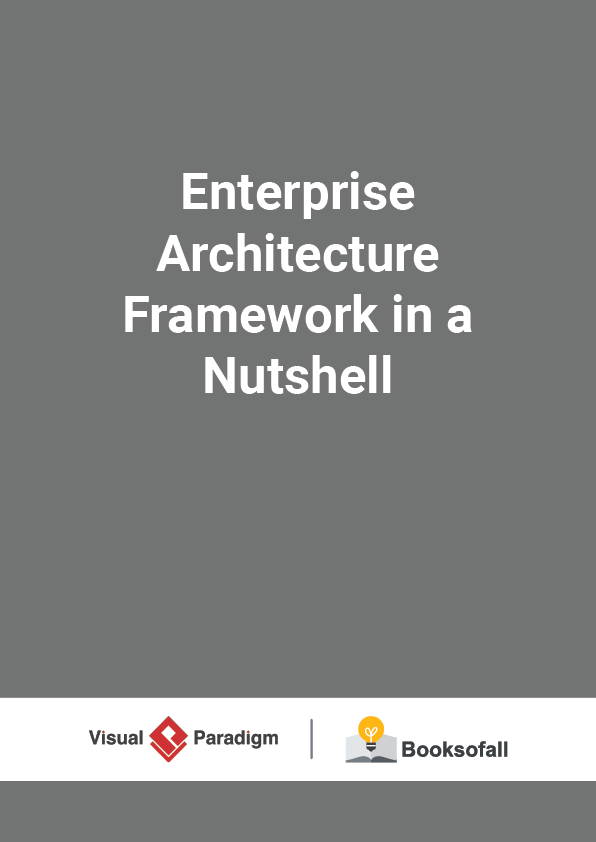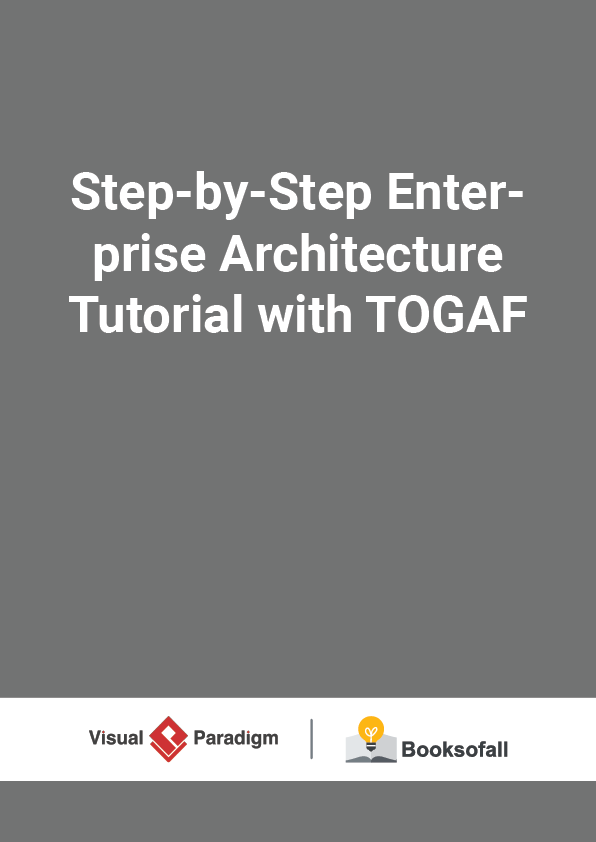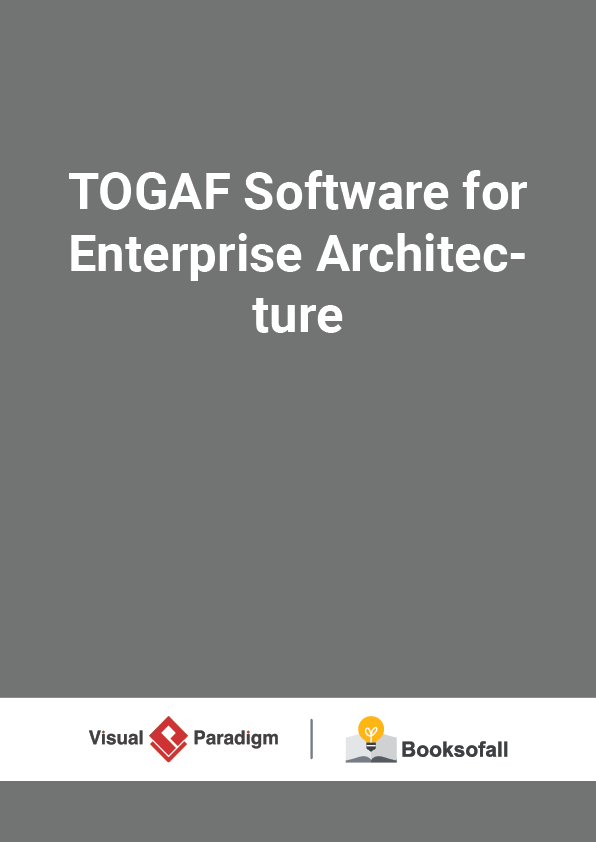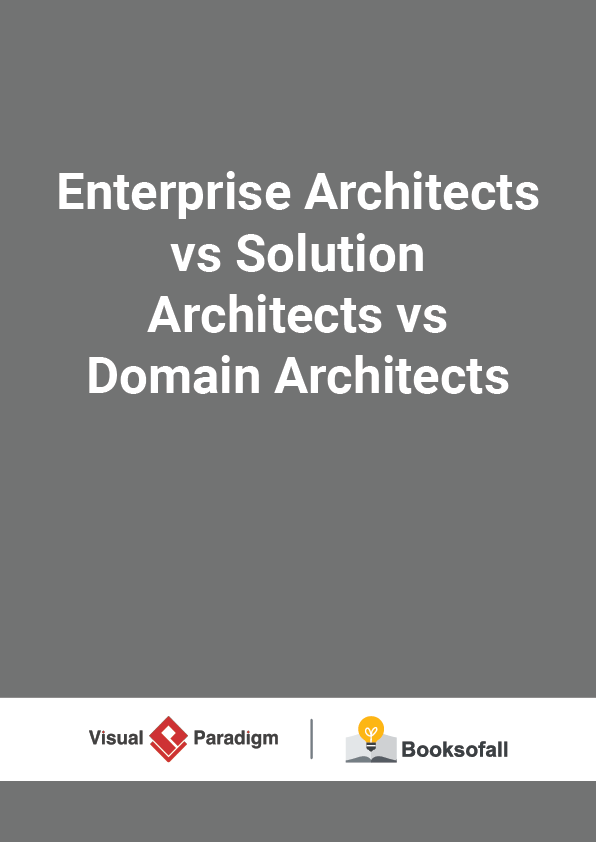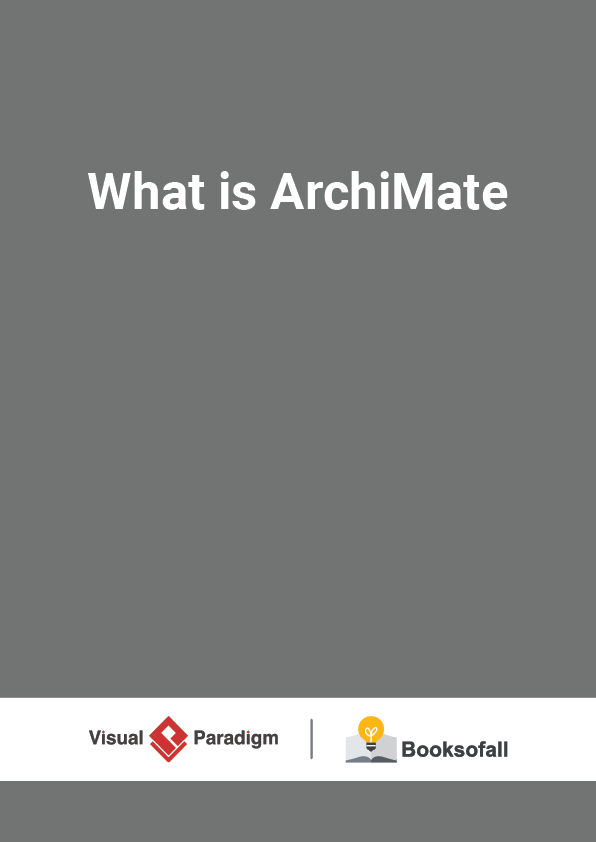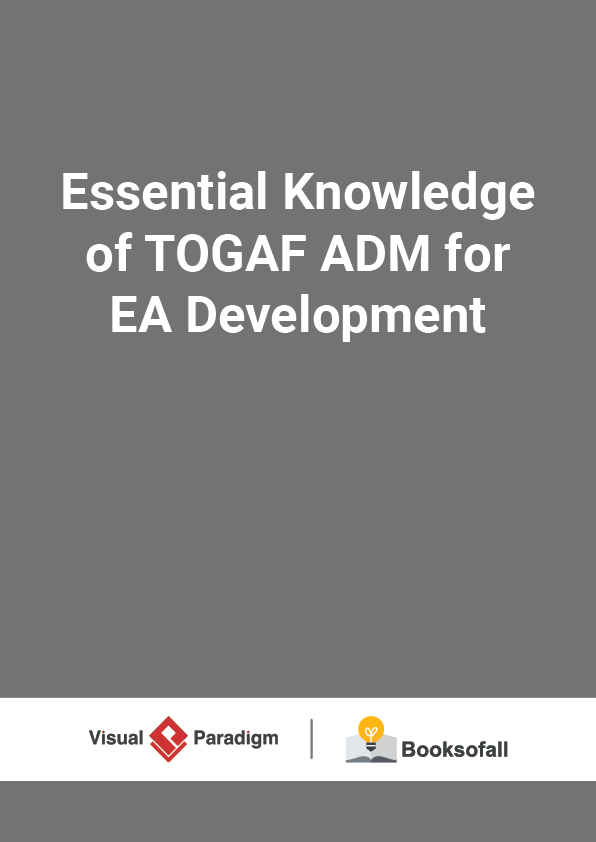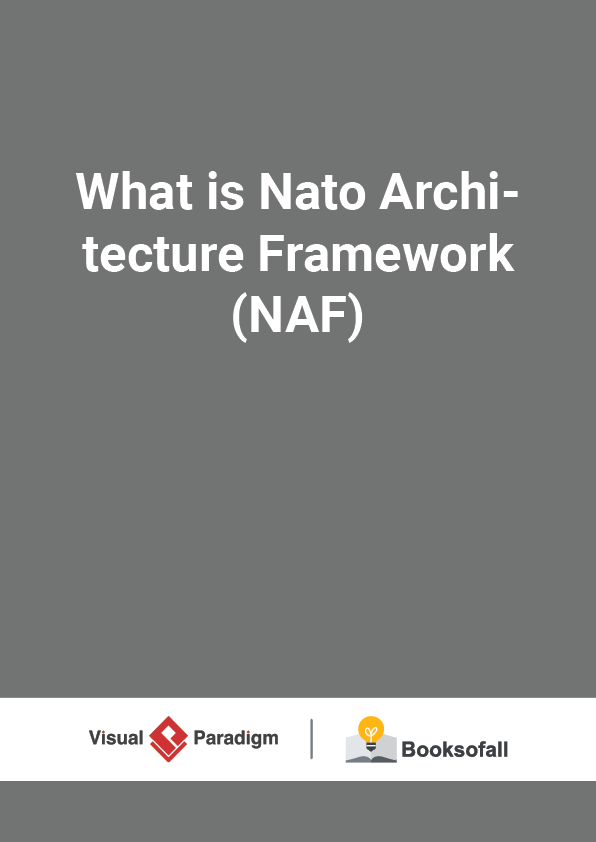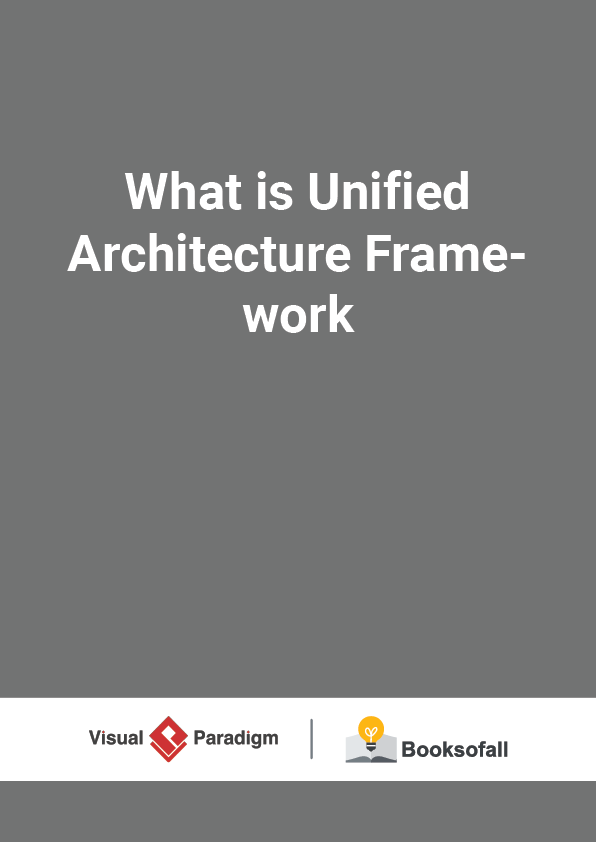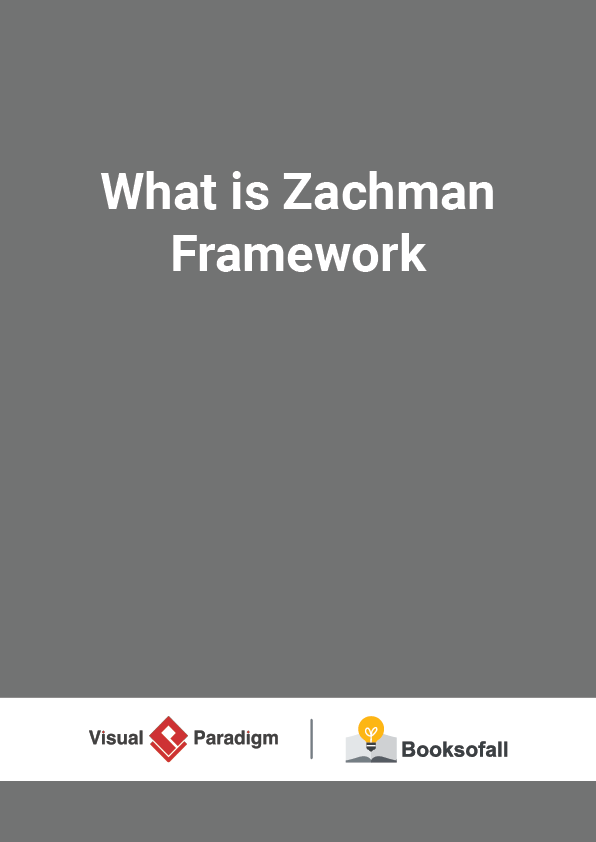Enterprise Architecture Framework in a Nutshell
14-18 minutes
An enterprise architecture (EA) is a conceptual blueprint for conducting enterprise analysis, design, planning, and implementation, using a comprehensive approach at all times, for the successful development and execution of strategy.
The purpose of enterprise architecture is to determine how an organization can most effectively achieve the current and future objectives of its business goals. Each enterprise architecture involves governing principles that drive an ongoing discussion about business strategy and how it can be expressed through IT. Enterprise architects are professionals who manage each structure to ensure that IT systems are aligned with ongoing business strategies and standards.
Enterprise Architecture Frameworks
An enterprise architecture framework (EA framework) defines how to create and use an enterprise architecture, which provides principles and practices for creating and using the architecture description of a system. It provides tools and approaches that help enterprise architects to optimize different architecture domains across the enterprise the often fragmented legacy of processes (both manual and automated) into an integrated environment that is responsive to change and supportive of the delivery of the business strategy. Typically, the architecture domains are listed below based on four basic interrelated areas of specialization:
- Business architecture defines the business strategy, governance, organization, and key business processes of the organization
- Applications architecture provides a blueprint for the individual systems to be deployed, the interactions between the application systems, and their relationships to the core business processes of the organization with the frameworks for services to be exposed as business functions for integration
- Data architecture describes the structure of an organization’s logical and physical data assets and the associated data management resources
- Technical architecture describes the hardware, software, and network infrastructure needed to support the deployment of core, mission-critical applications
The Major EA Frameworks
Architecture Framework is a prefabricated structure that organizes the system architecture of an enterprise into complementary projections called Views. These industry-standard enterprise Architecture Frameworks include three different types of frame works:
- 1. Template Framework – Zachman Framework
- 2. Content Framework, i.e. The Open Group Architecture Framework (TOGAF), the DoD Architecture Framework (DoDAF), the variants (MODAF and NAF), and
- 3. Unified Profile for EA frameworks from OMG (UDPM, UAF):
EA Template Framework
The EA Template Framework is any specific method or process for collecting, managing or using the information that it describes.; rather, it is an ontology whereby a schema for organizing architectural artifacts (in other words, design documents, specifications, and models) is used to take into account both who the artifact targets (for example, business owner and builder) and what particular issue (for example, data and functionality) is being addressed.
The Zachman Framework
Zachman Framework is an enterprise ontology and is a fundamental structure for Enterprise Architecture which provides a way of viewing an enterprise and its information systems from different perspectives and showing how the components of the enterprise are related. The Zachman Framework goes beyond IT. It offers structural connections into any aspect of an enterprise.
The rows of Zachman Framework focus on describing the enterprise from six viewpoint perspectives of the stakeholders. These six perspectives are based on English language interrogatives ‘what’, ‘where’, ‘who’, ‘when’, ‘why’, and ‘how’ (known as W5H).
The columns of the framework consist of a set of artifacts that are a description of the enterprise from a specific viewpoint of a group of stakeholders. The stakeholders are generally grouped as planners, owners, designers (architects), implementers, sub-constructors, users, or sometimes represented as viewpoints: scope context, business concepts, system logic, technology, physics, component assemblies, and operations classes.
